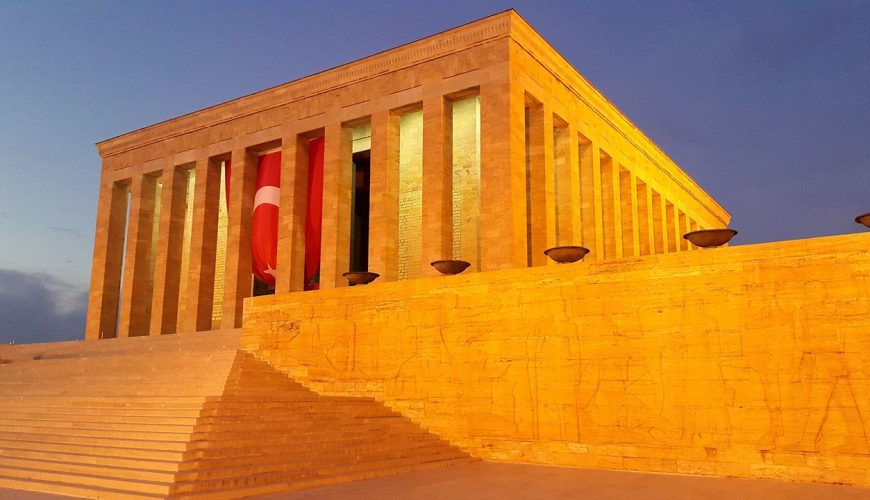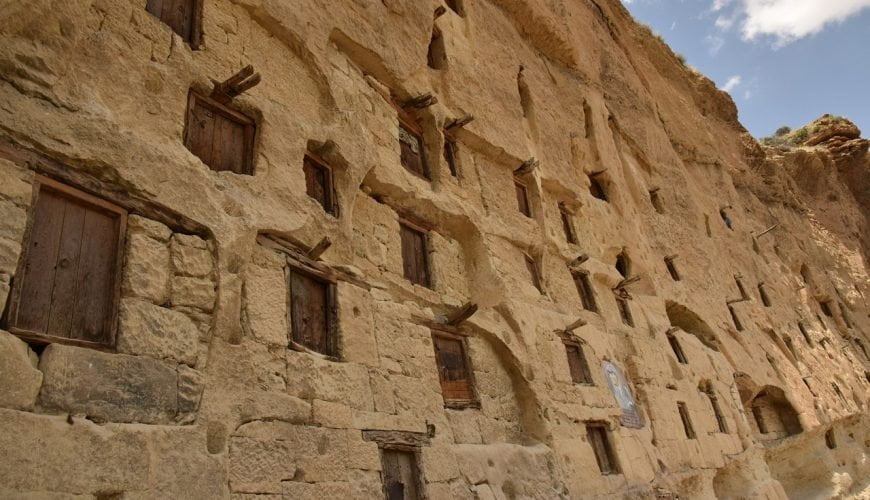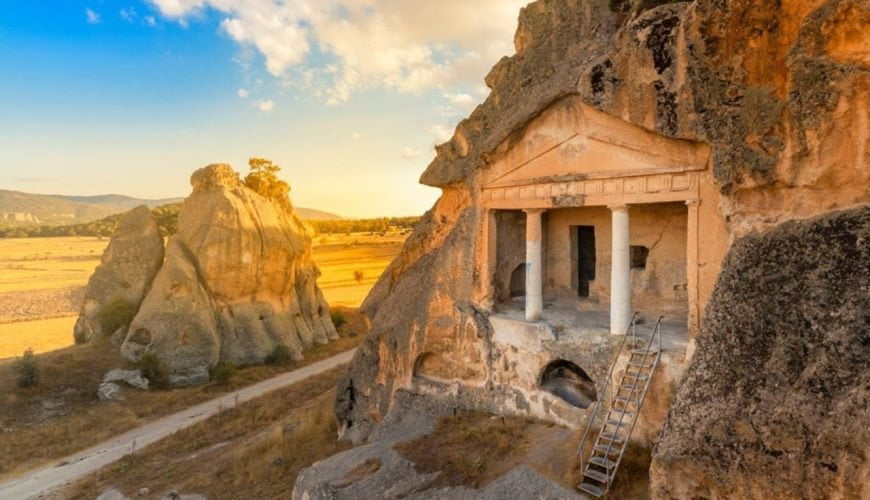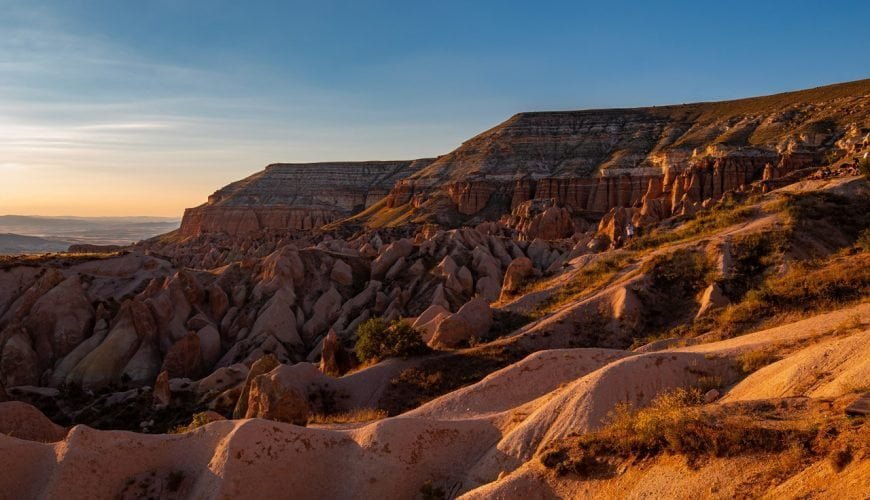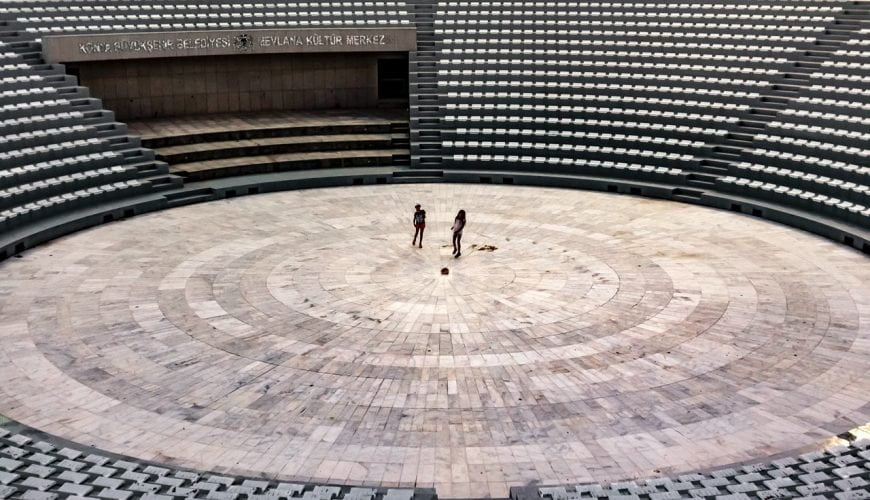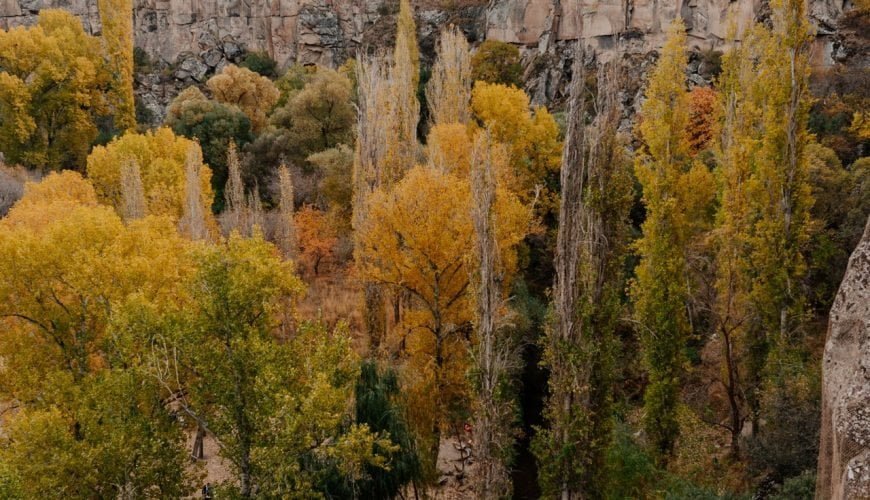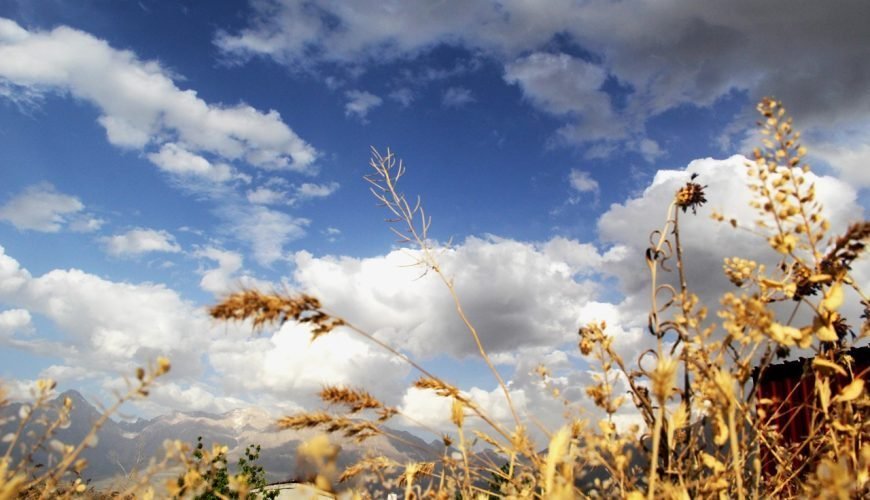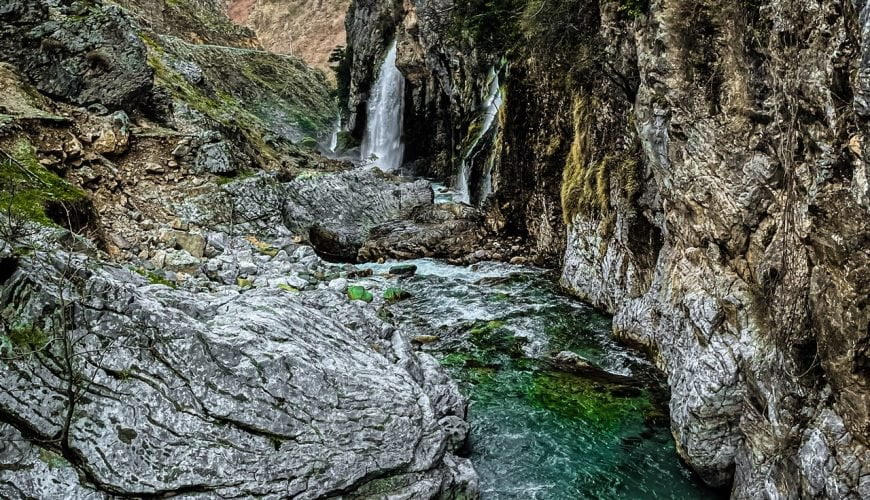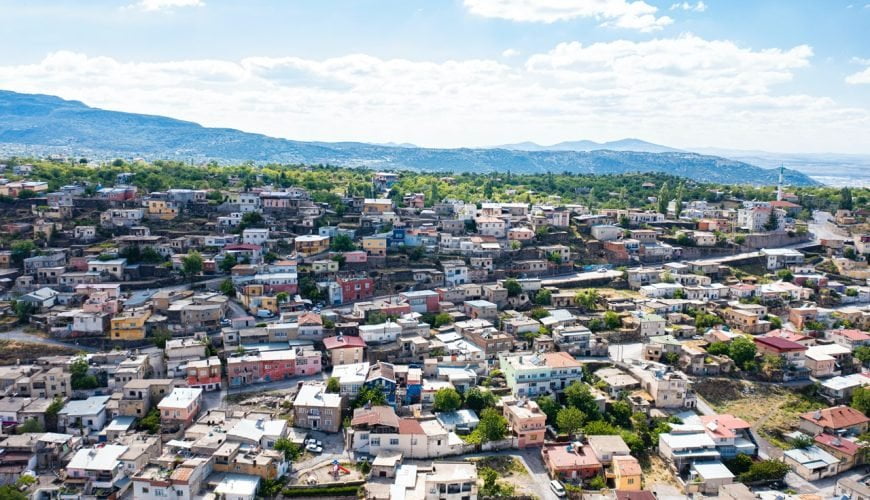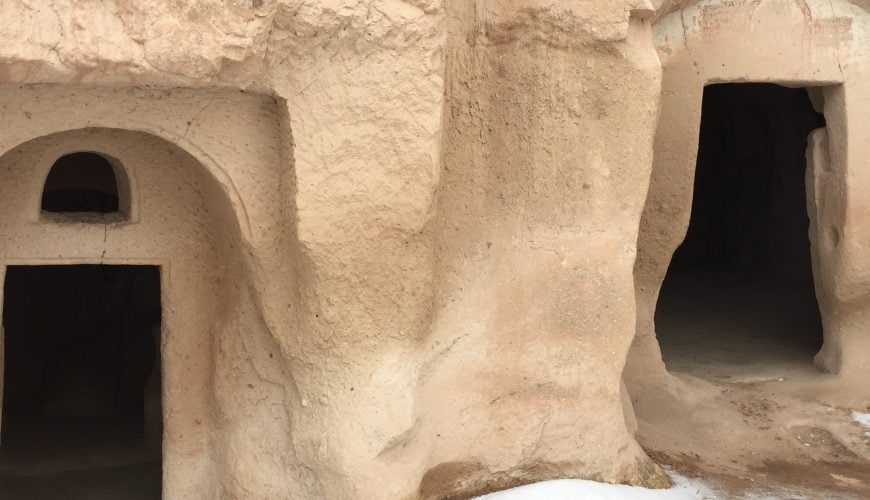Ankara
ANKARA The central Anatolian plateau, ochre hued, cleft by ravines and dominated by volcanic peaks, forms the heartland of Turkey. Covered with wheat fields and outlined with ranks of poplars the boldly contoured steppe has a solitary majesty. This plateau was one of the cradles of human civilization. At Catalhoyuk […]
Karaman
KARAMAN Karaman, once the capital of the Karamanli Emirate, was the first Turkish state to use Turkish, not Persian, as the official language. Fittingly, Yunus Emre, the first great poet to write in Turkish, lived here in the 13th century. The surrounding fortresses date from Seljuk times, although the town’s most significant buildings, the Araboglu, […]
Gordion
GORDION The most important Phrygian sites in Anatolia are to be found in the provinces of Ankara, Eskisehir and Afyon. Yassihoyuk (Gordion) was the capital of Phrygia and the place were Alexander the Great cut the Gordion Knot to gain the key to Asia. The tumulus of King Midas, who turned whatever he touched to […]
Aksehir
AKSEHIR Aksehir, to the northwest, is known throughout Turkey as the birthplace of the 13th century humorist Nasrettin Hoca, whose mausoleum stands in the town. The 13th century Ulu Mosque and the Altinkale Mescidi are other monuments worth seeing; the Sahip Ata Mausoleum has been converted into the town’s museum. On the way south to […]
Konya (Iconium)
KONYA (ICONIUM) Konya, one of Turkey’s oldest continuously inhabited cities was known as Iconium in Roman times. The capital of the Seljuk Turks from the 12th to the 13th century, it ranks as one of the great cultural centers of Turkey. During this period of artistic, political and religious growth, the mystic Mevlana Celaleddin […]
Ihara
IHLARA The Melendiz River, at lhlara, has eroded the banks into an impressive canyon. Byzantine rock chapels covered with frescoes pierce the canyon walls. Some of the best known are the Agacalti (Daniel) Church, the Yilanli (Apocalypse) Church and the SumbulIu (Hyacinth) Church. Guzelyurt is another valley with dwellings dating from prehistoric times. You can […]
Nigde
NIGDE Nigde, the Nahita of Hittite times, lies in a valley flanked by volcanic peaks and commands the ancient trade route from Anatolia to the Mediterranean. Nigde’s castle owes its present form o the Seljuks, and the elegant Alaeddin Mosque dates from the same period. From the 14th century era of Mongol rule are […]
Kultepe
KULTEPE North of Kayseri, Kultepe, known in ancient times as Kanesh or Karum was one of the earliest Hittite commercial trade cities. Today, however, only the foundations remain. Many of the finds can be examined in the Kültepe Museum as well as in the Kayseri Archaeological Museum. On the same road is Sultan Han, a […]
Kayseri
KAYSERI West of Cappadocia, over the mountains, lies Kayseri, known as Caesarea in Roman times. The city spreads out at the foot of Mt. Erciyes (3916 meters), an extinct volcano. In the winter months the ski center has excellent runs for downhill skiers. Close to the Byzantine fortress the 13th century Huant Mosque and Medrese […]
Underground Cities
UNDERGROUND CITIES The underground cities of Kaymakli, Mazi, Derinkuyu and Ozkonak were all used by the Christians of the seventh century as places of retreat in order to escape persecution. They fled from the iconoclastic strife of Byzantium as well as other invasions in these safe and well hidden metropolises. A complete environment, these cities […]

